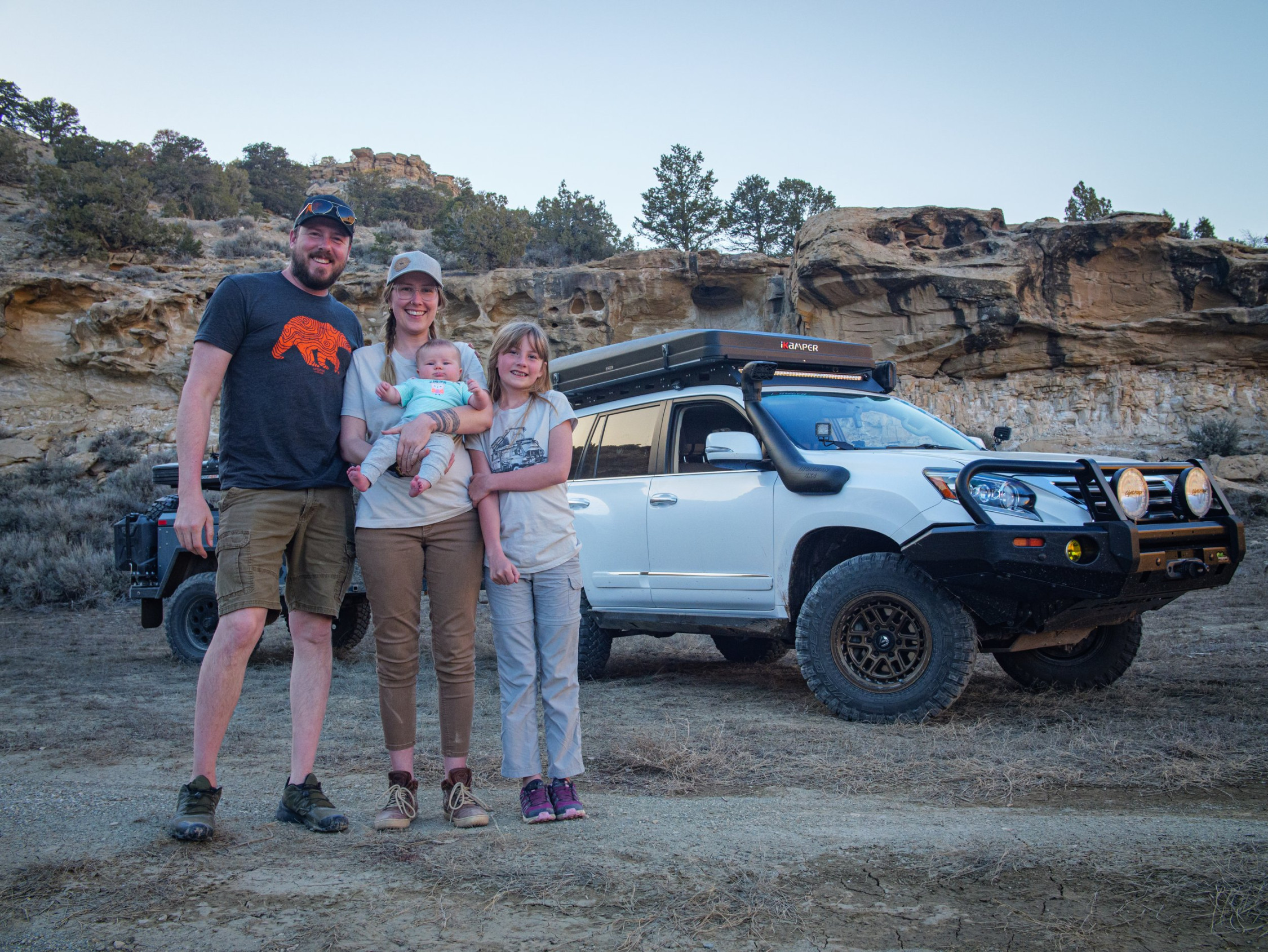1. Choosing the Right Vehicle
The heart of any overland adventure is your vehicle. It’s your home, your office, and your mode of transportation. So, choosing the right one is crucial. But with so many options out there, how do you decide? Let’s break it down.
The Classic SUV
SUVs have long been the go-to for overland travel. They offer a balance of comfort, space, and off-road capability. Whether you’re opting for a rugged Land Rover Defender or a more modern Toyota 4Runner, SUVs provide a reliable platform for most adventures.

The Versatile Pickup Truck
Pickup trucks offer immense versatility. They can haul gear, tow trailers, and tackle tough terrain. From classic American models like the Ford F-150 to international favorites like the Toyota Hilux, pickup trucks are a popular choice for overland enthusiasts.
The Adventurous Camper Van
For those who prefer a more self-contained experience, camper vans are the way to go. They combine the comfort of a home with the mobility of a vehicle. Whether you’re converting a classic Volkswagen Kombi or buying a modern RV, camper vans offer a unique and convenient way to travel.
The Compact Crossover
If you’re looking for something smaller and more fuel-efficient, a compact crossover might be the right choice. While they may not have the same off-road capabilities as SUVs or pickup trucks, they can still handle most overland routes.
Factors to Consider
When choosing a vehicle, consider the following factors:
Off-road capability: How rough will the terrain be? Do you need features like four-wheel drive, high ground clearance, and skid plates?
Remember, there’s no one-size-fits-all answer when it comes to choosing a vehicle. The best option for you will depend on your specific needs and preferences. So, take your time, do your research, and find a vehicle that will be your faithful companion on your overland adventures.
2. The Essential Gear: What to Pack for Your Overland Journey
Packing for an overland adventure is like assembling a puzzle, where each piece, or item, plays a crucial role in the final picture. While the specific items might vary depending on your destination, climate, and personal preferences, there are some essentials that no overland traveler should be without.
The Vehicle Essentials:
Roof Rack: A roof rack is a must-have for carrying bulky items like kayaks, bikes, or camping gear. It also provides extra storage space for your belongings.
Camping and Cooking Equipment:
Tent: A sturdy tent is essential for camping. Choose a tent that is appropriate for the climate you will be traveling in.
Personal Items:
Clothing: Pack comfortable, versatile clothing that is appropriate for the climate you will be traveling in.
Electronics:
Camera: A camera is essential for capturing your memories.
Additional Tips:
Pack Light: The less you pack, the less you have to worry about.
Remember, the key to packing for an overland adventure is to be prepared for anything. By packing the right gear, you can ensure that you have a safe and enjoyable trip.
 Udento Lifestyle & Health
Udento Lifestyle & Health




